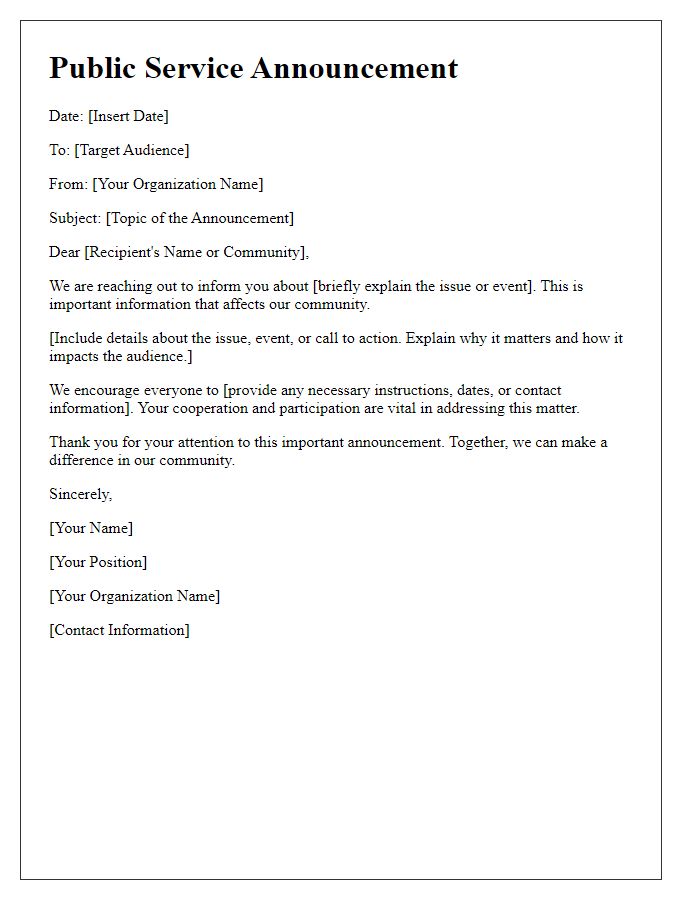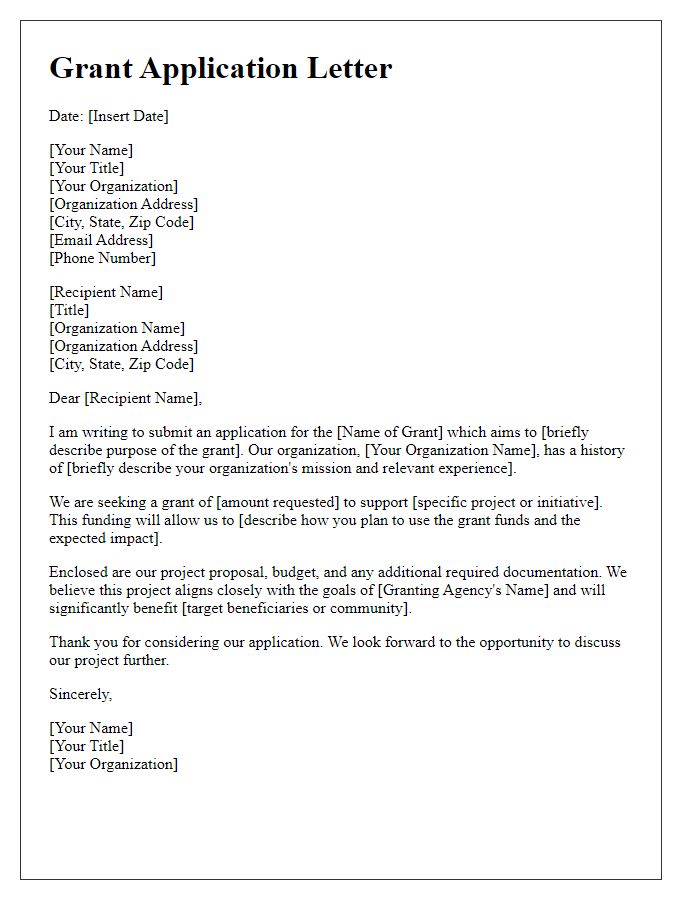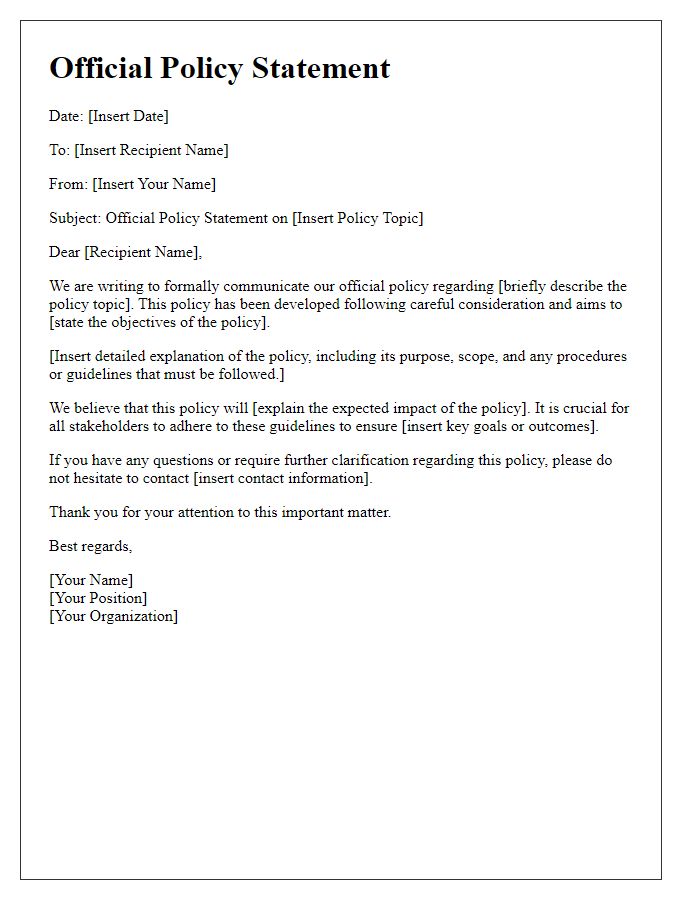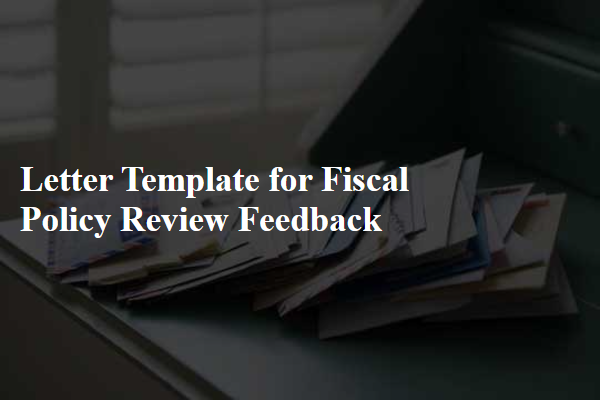Are you looking to craft a polished letter for official government correspondence? Whether it's for a formal request, an inquiry, or providing important feedback, using the right template can make a significant difference. A well-structured letter not only reflects professionalism but also ensures that your message is clearly understood. So, let's dive into the essential elements and customize your communication to fit the context perfectlyâread on for helpful tips and a sample template!

Formal tone and language
Official government correspondence often requires a formal tone and precise language to convey professionalism and clarity. It typically includes essential components, such as the date, recipient's address, subject line, salutation, body text outlining the purpose or request, closing remarks, and the sender's details. Proper terminology and respectful language are crucial, reflecting the significance of the communication. Specific references to relevant legislation, policies, or guidelines can enhance the document's authority and context. Use of official titles, organizations, and formal expressions contribute to the document's gravity, ensuring it is taken seriously.
Recipient's full name and address
Official government correspondence requires a structured format for clarity and professionalism. The recipient's full name should include any titles, such as Mr., Mrs., Dr., or other relevant designations, ensuring respect towards their position or rank. The address must be comprehensive, including street name and number, city or town, state or province, and postal code. This level of detail guarantees accurate delivery and acknowledges the importance of clear communication within governmental operations.
Reference number or subject line
Official government correspondence often includes a reference number or subject line for clarity and organization. This reference number serves as a unique identifier for the document, allowing both the sender and recipient to track communication efficiently. The subject line succinctly summarizes the main issue or purpose of the correspondence, facilitating quick understanding of the content's focus. For example, a reference number might be assigned to a specific application for a building permit in New York City, while the subject line could state "Application for Building Permit - 123 Main Street." Each component plays a vital role in ensuring the effective exchange of information between governmental bodies and citizens.
Clear and concise message
Official government correspondence should convey a clear and concise message, emphasizing key information. Effective communication involves using formal language while maintaining clarity. Essential components include the sender's address, date, recipient's address, a formal greeting, a subject line to indicate the topic, and a structured body outlining the purpose. Including pertinent details such as deadlines, laws, regulations, or reference numbers enhances understanding. A polite closing conveys respect, followed by the sender's name, title, and contact information for follow-up. This format ensures the recipient can easily grasp the message's intent and act accordingly.
Official closing and signature
Official closing statements often include farewell phrases that indicate gratitude or anticipation for future interactions. Commonly used phrases include "Sincerely," "Respectfully," or "Yours faithfully." These closings are followed by the sender's name, title, and contact information. For example, in a government context, the closing might be followed by the name of the sender, their position such as "Director of Public Health," and an email address. In official correspondence, maintaining a professional tone is essential to convey the seriousness and formality of the communication. The use of a government emblem or letterhead can also enhance the formality and recognition of the correspondence.













Comments